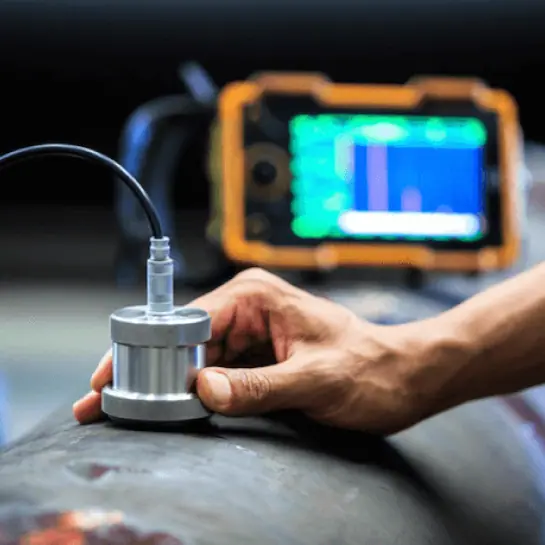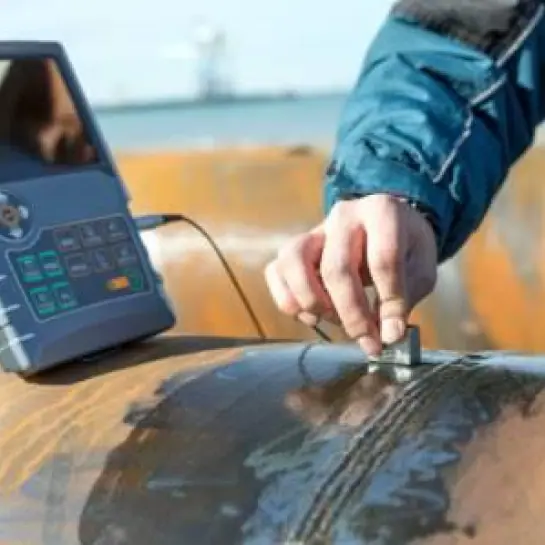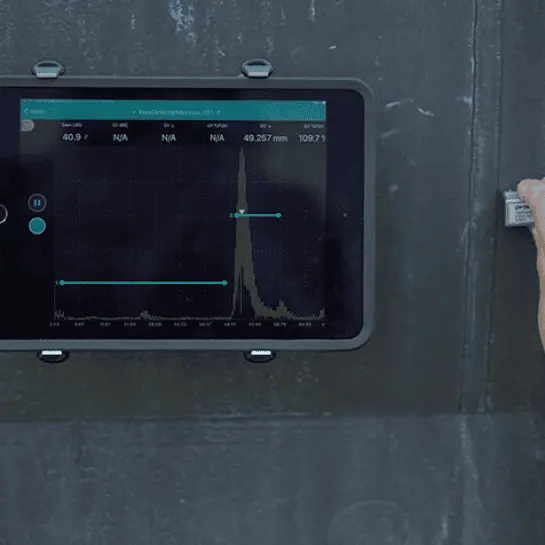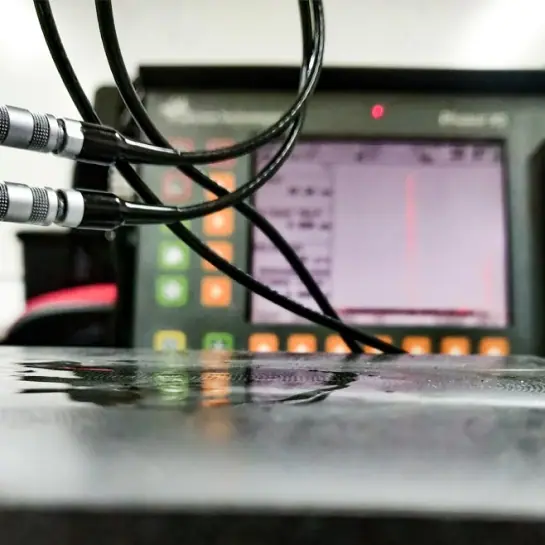Ultrasonic Testing &
Gauging
Ultrasonic Testing (UT) and Gauging are integral processes within a shipyard, playing a pivotal role in ensuring the safety, reliability, and longevity of marine vessels. These non-destructive testing techniques allow for the early detection of potential issues that may not be visible to the naked eye, thereby preventing costly and dangerous failures at sea
Importance Within the Shipyard
How We Do It

Equipment and Procedure

Material Inspection

Weld Inspection

Defect Detection

Thickness Gauging

Corrosion Mapping
Corrosion is a significant concern for ships operating in marine environments. Ultrasonic Testing enables the creation of detailed corrosion maps that highlight areas of the vessel prone to degradation. By identifying these areas, shipyard technicians can prioritize maintenance efforts, allocate resources more effectively, and extend the lifespan of the vessel

Calibration and Accuracy
The accuracy of Ultrasonic Testing depends heavily on the proper calibration of the equipment. Technicians at Guyana Port Inc. meticulously calibrate the UT devices based on the specific material being tested and the types of defects expected. This ensures that the results are reliable and that any issues are accurately identified

Data Analysis and Reporting

Periodic Inspections


